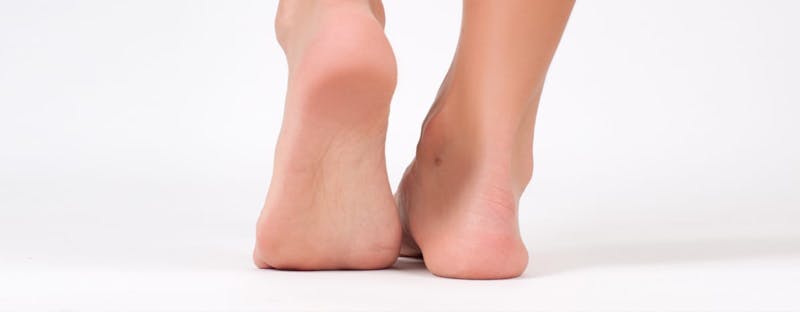Schedule a Consultation
Contact Us


Nearly 20 million Americans have diabetes, according to the American Diabetes Association. It’s a condition that can affect circulation and various tissues throughout the body, including those in the feet. Diabetics often have to be proactive about foot care because of nerve-related damage (neuropathy), which affects about 60-70 percent of people with diabetes and may result in reduced sensation in parts of the feet.
Do Daily Self Inspections
In between regular visits to a podiatrist for a full foot exam, do self-inspections of your feet every day. As you inspect your feet, look for the following signs of something out of the ordinary:
Don’t Go Barefoot
Diabetics tend to have reduced sensitivity, especially if diabetes has been a chronic condition for many years. If you go barefoot, you may not feel things like a nail puncture or cut. Such injuries may become infected if undetected.
Wear Comfortable, Supportive Shoes
Choose supportive shoes that are already “broken in” to avoid placed too much pressure on your feet. Wide-width shoes are often recommended for diabetics already experiencing occasional foot pain to prevent issues with circulation. Wear loose socks around the house to protect your feet while still allowing air to flow through the material. Avoid high heels and pay attention to the fit around the heel.
Trim Toenails
Toenails that are uneven or sharp can cause scratches or cuts on your feet or between your toes that may go unnoticed. Use a nail file and avoid using clippers if you have numbness or reduced sensation around your toes. Let your podiatrist know if you find an ingrown toenail while trimming.
Wash Feet Daily
Take time to specifically wash your feet with warm water and soap daily. Make sure your feet are dry when you’re done cleaning them or showering, including in between toes.
Keep Feet Dry
Wet skin is softer and more susceptible to damage and blistering. If you do swim or use a spa or hot tub, dry your feet immediately. Avoid leaving wet socks or shoes on if you’re coming in from the rain or snow and change socks that have become soaked with sweat on hot days.
A podiatrist uses a painless tool called a monofilament to test the feet of diabetic patients for nerve-related damage. Due to the reduced nerve sensation diabetics can experience, it’s important to identify deformities that may develop as feet become numb. With proactive care, foot issues common among diabetics such as ulcers and undetected sores can also be treated early.